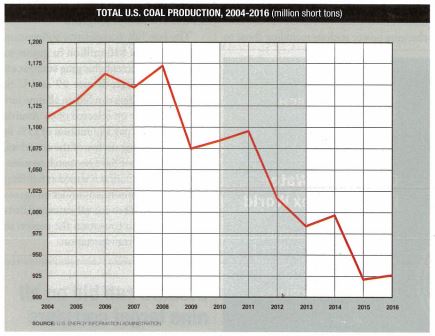EPA Gives States More Flexibility to Meet Final Clean Power Plan Requirements
September 8th, 2015 by Fiedler Group
Shortly before President Obama’s trip to Alaska to bring awareness to climate change, his administration released several changes to a 2014 draft of the Clean Power Plan.
The plan — which is the President’s roadmap to fight climate change — now makes it easier to comply while still reducing carbon emissions.
The EPA’s final plan intends to cut U.S. carbon pollution by 870 million tons by the year 2030 — which would be a 32 percent decrease from 2005 levels.
The Clean Power Plan now gives states more time to develop their own plans to reduce CO2 emissions from power plants. Plans are due to the EPA by September 2016, but states can request a 2-year extension.
What’s more, the EPA is allowing states to comply in 2022, instead of 2020, provided the emission reductions are phased in so they can still meet their target levels by 2030.
Still, the construction industry is concerned that the climate change regulations will in turn cut jobs and raise the cost of electricity by closing existing coal plants and deterring the opening of new ones.
However, the new rules include a clause preventing coal plan closure if the plant is deemed critical to energy grid reliability.

Courtesy www.enr.com
Yet, there is still discussion whether the EPA is legally able to mandate federal regulation on states, requiring them to restructure their electricity systems.
Former EPA Assistant Administrator Jeff Holmstead stated “the EPA just doesn’t have the authority under the Clean Air Act… don’t think it will pass muster in court”.
Bob Perciasepe, president of Center for Climate and Energy Solutions (C2ES), doesn’t believe legal issues will play a role in delaying regulations from going into effect.
Perciasepe commented, “The legal issues will play out, and they have on every EPA rule for many, many decades.”
To learn more about Fiedler Group’s expertise in the alternative fuel industry, please contact us today.